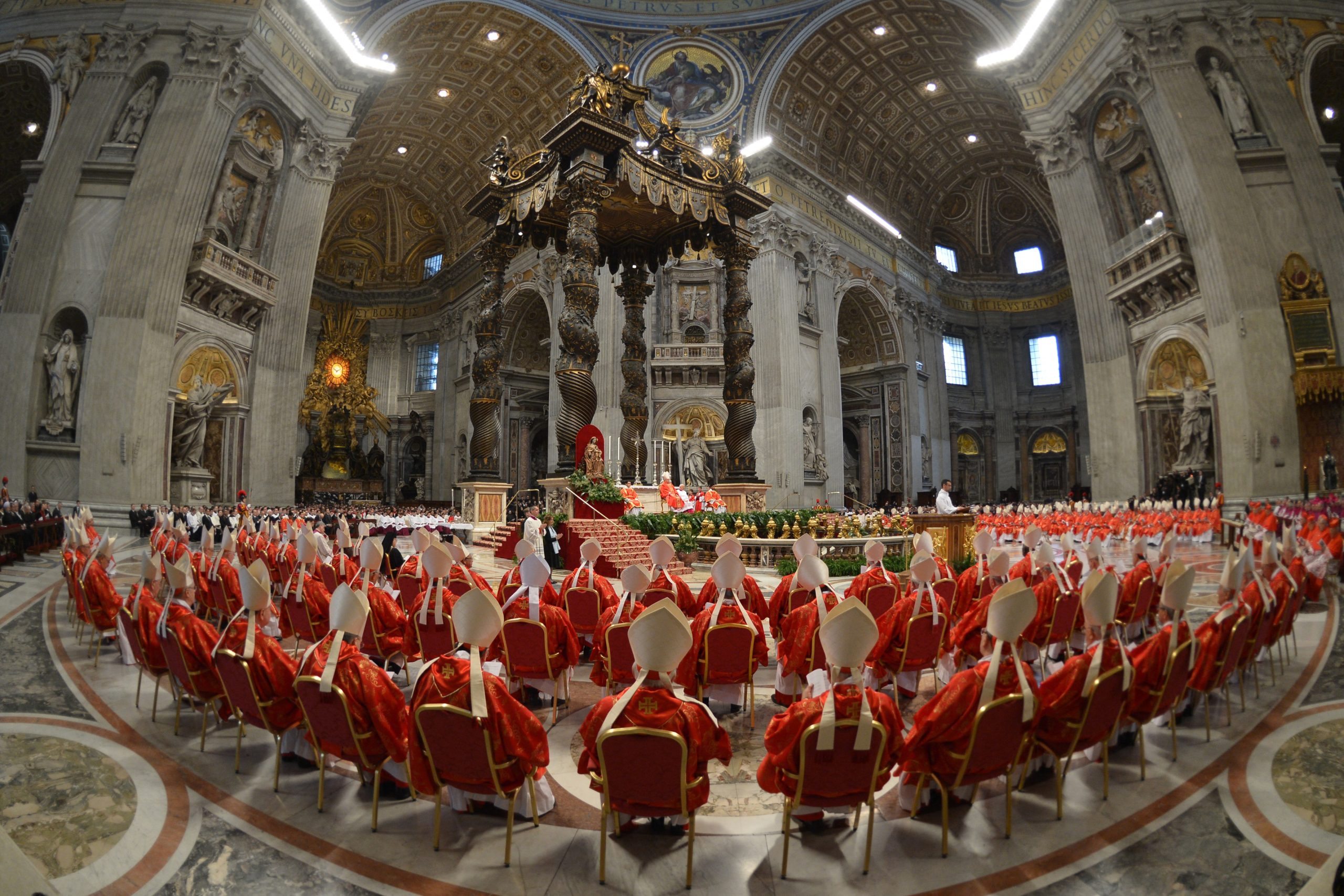Pope Francis funeral will be held Saturday in the presence of worshippers and dignitaries before a conclave of cardinals is convened to elect a successor.

But it should begin no less than 15 and no more than 20 days after the death of the pope, thus between May 5 and May 10.
The cardinals will meet in the Sistine Chapel, a Renaissance jewel adorned with Michelangelo’s celebrated frescoes, and hold four ballots a day — two in the morning and two in the afternoon — until one candidate wins two-thirds of the votes.
The conclave takes place without the Cardinals leaving the Vatican, and they cannot listen to the radio, watch television, read newspapers or communicate with anyone in the outside world, even by telephone.
No one is allowed into the Cardinals’ residence except for the household servants, doctors and priests who hear their confessions. All are sworn to secrecy.
Between one voting period and the next, both the voting Cardinals and those who are too old to vote, use the time to discuss the candidates’ qualifications.
No one is allowed to openly campaign. The Vatican says the cardinals are guided by the Holy Spirit
At the end of each session, the ballots are burned in a stove by the chapel, releasing smoke above the Apostolic Palace as the world watches. The process can take several days, or sometimes weeks
If black smoke billows from a chimney overlooking St Peter’s Square, the vote has been unsuccessful.
White smoke signals a new pope has been elected.

Once the Pope has won the vote, the new pope is asked: “Do you accept your election as Supreme Pontiff?”
He chooses the name by which he wants to be called Pope. The Cardinals then pay their respects and pledge their allegiance. An announcement is made from the balcony of St. Peter’s Basilica to the crowd below. The announcement says, “habemus papam”, meaning: “We have a Pope.”
The name of the new Pope is revealed, and the Pope himself appears. He makes a brief statement and gives the blessing “urbi et orbi” – meaning “to the city and the world.”
Afterwards, the results of each round of voting in the conclave are sent to the Pope. They are then sealed and placed in the Vatican archives, and can only be opened by order of the Pope.






